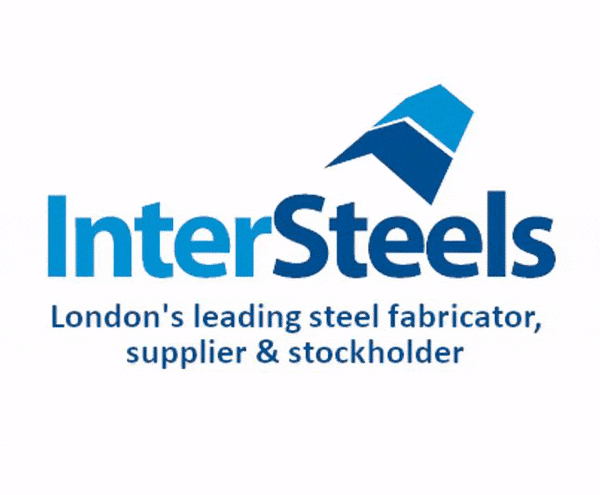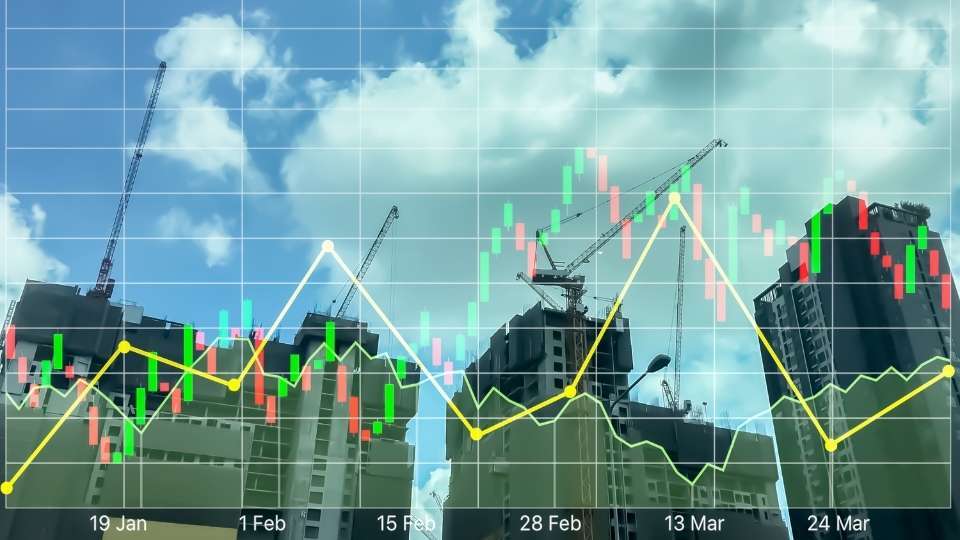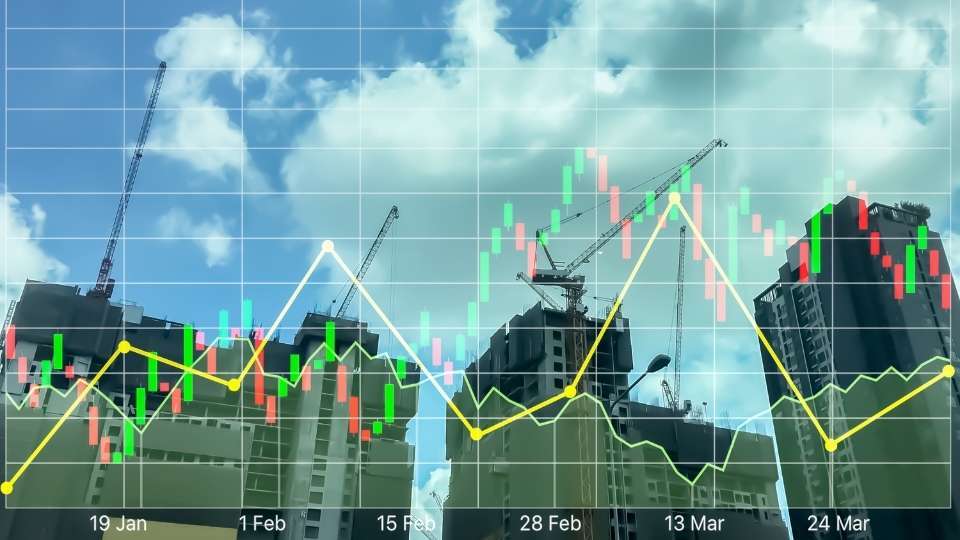Construction only grows more complex each passing year, if not each quarter. As these complexities increase and timelines grow tighter, the management of resources becomes increasingly important. Equipment makes up some of the most valuable assets in this category. These items are not only expensive to purchase but also to maintain. Studies show that the maintenance of construction equipment plays a role in about 40% of total project overrun costs.
Broken equipment has a domino effect on projects, leading to downtime, additional expenses, and frustrated owners. Putting more effort into planning the management of your equipment and its maintenance can improve project and financial outcomes.
Fortunately, prioritizing construction equipment management has proven to pay off. Today, we’ll take a look at what successful equipment management looks like and the innovations to make the management process much more efficient.
What Is Construction Equipment Management?
As you probably guessed, construction equipment management refers to the administration of equipment used on construction projects. At a more detailed level, the practice encompasses the review of the equipment, its costs, and usage.
Construction managers want to ensure that the cost of the equipment pays off in the long run. Besides the cost of the equipment itself, there are expenses associated with operation, maintenance, usage, and storage. Construction managers study this information alongside upcoming and current projects to inform decision-making. Ultimately, the goal of these decisions is to generate the highest possible ROI.
Tips for Effective Equipment Management
Your construction equipment management system will vary depending on your needs. However, here are some key tips to making your system a success::
Determine the Right Tracking Workflows
To manage construction equipment successfully, start by establishing the right tracking workflows. This information should be used to drive decisions made by project managers, professional engineers, superintendents, owners, inspectors, etc.
Basically, you need insights to determine in real time if:
- The right equipment has been delivered
- The equipment has been installed
- The equipment has been inspected
- The appropriate data has been collected
With the right tracking workflows in place, this information can also be harnessed for more efficient handover and operations.
Set Up a Preventative Maintenance Program
Next, prioritize maintenance. Preventative maintenance is essential to extending the life of your equipment and avoiding costly repairs. As MacAllister puts it, “Preventive maintenance is more than regular maintenance like lubricating moving parts and changing filters. A proper preventive maintenance (PM) program is all-inclusive. It’s an intentional approach to equipment management from the time equipment is purchased until the end of its useful life.”
PM programs take action before wear and tear lead to major expenses or equipment failure. Through regular inspections, part replacement, testing, and analysis, you can improve the reliability, performance, and resale value of your fleet.
Create Collaborative Communications Plans for Equipment
Your frontline workers are the ones most likely to identify issues with equipment or delivery. For optimal usage, your team needs to be notified when equipment is on-site, on its way, or if any changes take place. By creating a collaborative communications plan, this information can get in the right hands at the right time.
The benefits of this type of plan for construction equipment management include:
- Proactively addressing damages, repairs, and delays
- Preventing people from using inoperable or damaged equipment
- Facilitating ordering of parts
Be sure to integrate cloud-based construction technology into your communications plan; that way, you can collaborate with stakeholders in real time and have a single source of information.
Monitor Your Equipment Smartly
Managing a fleet can make it difficult to know where your equipment is at all times. The same is true for scheduling maintenance across multiple items. IoT sensors can help to reduce the manual nature of monitoring equipment and planning maintenance.
According to Leverege, construction equipment managers can leverage IoT technology to:
- Track equipment status and utilization
- Identify the location and status of equipment in real time
- Get instant notifications when equipment is moved off-site
- Monitor engine runtime
Benefits of Successful Construction Equipment Management
Setting up an equipment management system takes time. You might be wondering, “Is it really worth the effort?”
The answer, of course, depends on the benefits received by the system. You can expect to achieve the following advantages from successful equipment management:
- Better visibility into where equipment is located, its status, and how it’s being used.
- Fewer delays and cost overruns. With real-time information at their fingertips, teams can make quick decisions about how to use equipment.
- Better safety standards as the equipment is kept up-to-date and maintained.
- Less downtime as equipment can be used as soon as it’s available.
- Reduced expenses in the form of costly repairs and project overtime.
- Cohesive data to help inform decisions about retiring, selling, or upgrading assets.
The Top Technology for Construction Equipment Management
As managers look for ways to improve the efficiency of their construction equipment, new innovations are coming to the forefront. Here are some solutions to keep in mind while building your system:
Intelliwave: With their SiteSense platform, you can manage all of your owned and rented assets in one single location. The software makes it easy to locate, maintain, and track the utilization of equipment.
Atlas RFID from Jovix: Atlas RFID is an award-winning Material Readiness application from Jovix. Atlas RFID provides real-time visibility to all stakeholders throughout the supply chain. Employing a combination of web-based server software, mobile devices, and smart RFID tags and barcode labels, Atlas RFID removes impediments to productivity and ensures workers have the materials they need to spend more time on tools.
Milwaukee OneKey: As the industry’s largest tracking network, ONE-KEY streamlines everything from tool tracking to maintenance planning for Milwaukee tools and products. The solution includes asset ID tagging, equipment trackers, barcode scanning, and geofencing capabilities.
Linxup: Linxup helps you track data points for visibility into your fleet’s location in real time, driver and operator behavior, maintenance, electronic driver logs, and more. Its devices use vehicle power, solar power, or rechargeable batteries to tell you where your assets are, where they’re going, and how they’re getting there.
TruckIt: TruckIt is a dispatching and electronic ticketing cloud-based platform. The dispatch side gives insights into owned and rented assets for optimal utilization. Its ticketing system automates paper tickets, time sheets, billing, and payments. This data can then be used for material delivery verification, driver performance insights, project yield, and ticket reconciliation.
Enhance Equipment Management Processes
Construction equipment management will help you reduce downtime and delays. In the event that you do encounter some downtime, you can use your time effectively based on the information gathered through your management system. That may look like scheduling maintenance, moving equipment into storage, or swapping out parts. As you refine your system, you’ll discover ways to optimize the processes around construction equipment management.
For more insights into the construction industry, subscribe to our blog.
The post Guide to Construction Equipment Management: Everything You Need to Know appeared first on Digital Builder.
Did you miss our previous article…
https://www.cmcconstruction.net/?p=227














